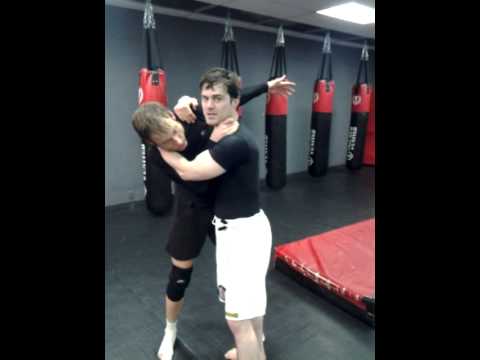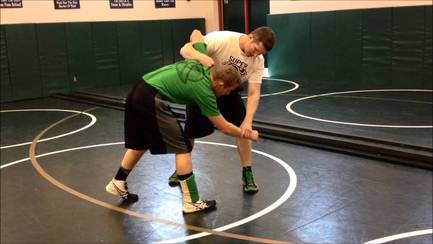Thanks everyone for the answers.
Don't know about that one but I've sifted through another book of his, "The Principles of Effortless Power". Some ideas were interesting but it was poorly written.
In the Takemusu/Dentoo/Iwama style of traditional aikido, flowing cooperative training is called ki no nagare ("flow of ki") and it is studied at a later stage to get a feel for how basic techniques are done in dynamic situations (so that you can play with timing and position). As Saito-sensei writes in Takemusu Aikido, vol.1:
"
The importance of a solid understanding of basic techniques cannot be over-emphasized. Many aikido schools teach primarily “ki no nagare,” or ki flow techniques. In this kind of training, techniques are executed from a moving start dispensing altogether with basic practice where you allow yourself to be grabbed firmly. This sort of prearranged practice is successful only when both partners cooperate fully. Problems occur, however, when students accustomed only to this kind of training are confronted with a strong, non-cooperative opponent. Training in only ki no nagare leaves one totally unprepared for the power and ferocity of a real attack. The weak, undirected attacks characteristic of this kind of training are common in modern aikido, yet this way of training runs directly counter to the martial principles taught by the founder.
Those who practice basic techniques, as opposed to focusing exclusively on ki no nagare, learn how to deal with progressively stronger attacks. In order to do this, you must be sure that when grabbing your training partner, you do so firmly and with real intent. If your partner is unable to move, then lessen the power of your attack until he or she is able to execute a proper technique. Always gage the intensity of your attack to the level of your partner."
Once your understanding of basic, solid techniques is good enough, you learn to deal with moving people:
@Tony: I really liked the videos!
Looks like the drill in itself is nothing special. I was interested in your opinion on how those guys perform to know whether Ralston's ideas about relaxation and effective movement are of any value. Looks like it's nothing special.


